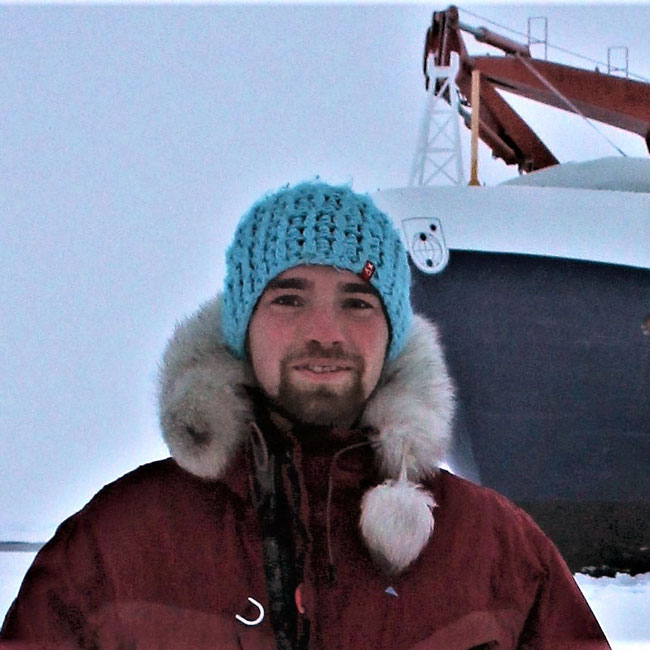Arctic puzzle: Pioneering a northern shrimp (Pandalus borealis) habitat model in Disko Bay, West Greenland
[Published 23 April 2024]
Scientific Publications
Abstract
Recent advancements in spatial modelling leverage remote sensing data and statistical species-environment relationships to forecast the distribution of a specific species. Our study focuses on Disko Bay in West Greenland, recognized as a significant marine biodiversity hotspot in the region. We conducted comprehensive analyses using multiple datasets spanning from 2010 to 2019, incorporating shrimp and fish surveys, commercial shrimp fishery catches, high-resolution (25 × 25 m) multibeam bathymetry and backscatter data along with a medium-resolution (200 × 200 m) bathymetric model, measured and modelled oceanographic data, and satellite chlorophyll data. Through multivariate regression analysis, we tested the significance of various physical factors (seafloor depth, sediment class, bottom water temperature, bottom water salinity, bottom current velocity, space, and time), biological factors (chlorophyll a, Greenland halibut (Reinhardtius hippoglossoides)), and anthropogenic impact (shrimp fishery; standardized catch per unit effort) on the density of northern shrimp in the area. Our results indicate a significant association between northern shrimp density, seafloor depth, and sediment class, explaining 36 % of the variation in shrimp density. Subsequently, we developed a high-resolution (optimized) spatial linear mixed–effect model to map the distribution of northern shrimp across Disko Bay, representing the first model of its kind developed for an Arctic area. The optimal habitat for northern shrimp is characterized by medium-deep waters (approximately 150–350 m), turbulent conditions, and mixed sediments, predominantly located in the northern and southern regions of Disko Bay. Notably, the northern region hosts a relatively diverse benthic community, with northern shrimp and sponges as the primary contributors of epibenthic biomass. This novel high-resolution model significantly enhances our understanding of the physical drivers and detailed spatial patterns influencing the distribution of northern shrimp in the Arctic.

FACE-IT Scientists:
Tobias Reiner VONNAHME
Greenland Institute of Natural Resources, Greenland Climate Research Centre (GCRC), Nuuk, Greenland
Tobias’ FACE-IT Projects
Role in FACE-IT:
• Researcher "Biodiversity Changes"
• Researcher "Ecosystem Function Changes"

